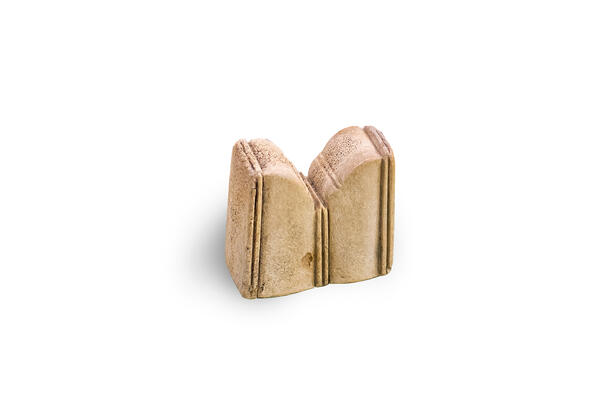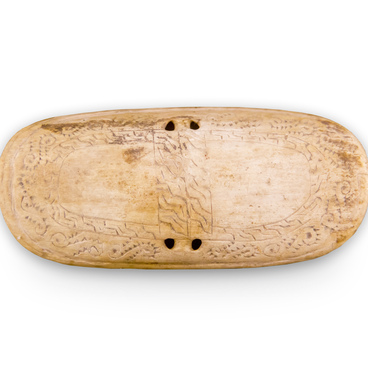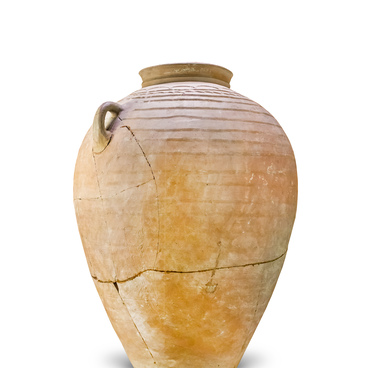In Russian, the word ‘chess’ is derived from the Persian ‘checkmate’. Literally it can be translated as ‘the ruler is defeated’. Different countries have different names for the game: in Germany and England, for example, the name is consonant with the Russian one, but the Spanish and French use the words ‘ajedrez’ and ‘échecs’.
Scientists believe that the founders of chess are Persia and India. When they appeared in Volga Bulgaria, it has not been established with certainty. One assumption is that it happened in the 7th century, the other in the 10th century at the earliest. However, it is certain that the Bulgars adopted the game from the southern Muslim countries. During excavations in Bulgarian ancient settlements, figures used in the Arab world in the 12th — 14th centuries were discovered.
At that time there was no chess in the modern sense, the Arabs played shatranj. The game was played on a board with a width and length of eight fields. Two players participated, each of them controlled 16 pieces of his own color: red and black were usually used. At the beginning of the game, the pieces were placed on opposite sides of the board, similar to modern chess. The game was different from what we are used to, for example, the queen and the king could be swapped. The rules, which are now regarded as classical, did not appear until the 19th century.
In Volga Bulgaria, chess pieces were made of different materials: ceramics, wood (including black), ivory and glass. Over time, the figures have increased in size and changed in design. For example, excavations have uncovered specimens with precious stones. There were also figures of the 13th century with exquisite bone carvings.
Scientists believe that during the Middle Ages chess, together with other games, was able to unite merchants from different continents. Over a party, it was possible to find common ground, close a deal or resolve important business issues.
In the collection of the Bolgar Museum-Reserve there is a chess piece — a rook. It is made in the form of a tetrahedron having a bifurcated top. The figure was carved by bone-carver masters from elk horn. This is what the rook looked like in the Arabic game of shatranj.
Scientists believe that the founders of chess are Persia and India. When they appeared in Volga Bulgaria, it has not been established with certainty. One assumption is that it happened in the 7th century, the other in the 10th century at the earliest. However, it is certain that the Bulgars adopted the game from the southern Muslim countries. During excavations in Bulgarian ancient settlements, figures used in the Arab world in the 12th — 14th centuries were discovered.
At that time there was no chess in the modern sense, the Arabs played shatranj. The game was played on a board with a width and length of eight fields. Two players participated, each of them controlled 16 pieces of his own color: red and black were usually used. At the beginning of the game, the pieces were placed on opposite sides of the board, similar to modern chess. The game was different from what we are used to, for example, the queen and the king could be swapped. The rules, which are now regarded as classical, did not appear until the 19th century.
In Volga Bulgaria, chess pieces were made of different materials: ceramics, wood (including black), ivory and glass. Over time, the figures have increased in size and changed in design. For example, excavations have uncovered specimens with precious stones. There were also figures of the 13th century with exquisite bone carvings.
Scientists believe that during the Middle Ages chess, together with other games, was able to unite merchants from different continents. Over a party, it was possible to find common ground, close a deal or resolve important business issues.
In the collection of the Bolgar Museum-Reserve there is a chess piece — a rook. It is made in the form of a tetrahedron having a bifurcated top. The figure was carved by bone-carver masters from elk horn. This is what the rook looked like in the Arabic game of shatranj.



